Every esport has a voice: a group of casters that embodies its community and game. Maybe they have talked over finals, been a part of the game’s most storied moments or represented their league since its inception.
As VALORANT’s first year grows distant in the rear view mirror, many casters have joined the race to become the voice for the game.
Sean Gares and Daniel “ddk” Kapadia currently own the title as the top VALORANT duo, but their tenure has been short, and others will challenge them as VALORANT progresses as an esport and more casters step up their game.
There’s an eclectic group of casters from all walks of esports in that tight race to the top. The overall talent that came into the scene included a mix of tactical shooter commentators, Overwatch analysts, League of Legends casters and veterans of Call of Duty and Fortnite.
The experience levels varied from veterans of the industry like Alex “Vansilli” Nguyen, who has been casting since 2002, to the young duo of Ethan “Sully” Tran and Gustavo “Upmind” Franco Domingues. The latter two are young casters — 17 and 21 years old respectively — and they juggle casting while going to school. Some shuffle full-time jobs while casting or cast multiple games while putting in VALORANT reps. Vansilli had to make that decision himself.
“I had to weigh the pros and cons of what was esports freelancing in casting and a full time job with a pension plan and insurance,” Vansilli said about his time casting Counter-Strike before he made the jump into casting VALORANT full time in 2020.
But those obstacles seemed small in comparison to the state of the planet during the COVID-19 pandemic, which VALORANT was born into on release. This makes the race to the top of VALORANT casting an arduous task with unique obstacles and opportunities for those wanting to commentate esports.
Some, like many who use video cameras to communicate with each other daily, had to upgrade basic equipment. With the demands of broadcast quality, like crisp audio and high definition video, some put up the cash for 4K cameras, green screens and professional-level microphones.

“The most ridiculous things can completely screw up a remote broadcast,” caster and Press 4 For Defuse host Samantha “NaoriMizuki” Timms said. She once had to cast in her kitchen, in the dark, because her landlord wasn’t able to come by and fix a broken light fixture.
But the pandemic has also created opportunities. Previously undiscovered talent, toiling away in community or amateur tournaments, suddenly had a more level playing field.
Take Doug “EsportsDoug” Cortez, who casted the North American Stage 1 Masters tournament along with ddk, Sean Gares and LCS veteran caster Rivington “RivingtonThe3rd” Bisland III. During his career, he has casted League of Legends and games like Big Buck Hunter but was relatively unknown before casting VALORANT in its early days.
“I don’t know that I would have the opportunities that I have now,” he said, “if not for a global pandemic.”
Talent who want to stay in contention for a spot at the top of VALORANT casting need to keep their skills sharp, even with the opportunities and lower bar the pandemic provided.
Improvement is not a lonely endeavor, as talent regularly works with their partners to improve their handoffs in the online era where they cannot simply tap their co-caster when they want to make a point. Some have only met their partners online in the past year and have to build up chemistry from scratch in our current landscape.

“You have to invest so much time and effort to be able to know your co-commentator, to be able to at least make that human connection before you make that professional connection,” said Upmind. “And it’s so hard to do.”
The drive to improve comes because of the desire to be at the top, but also to create a great viewing experience for the audience. But, as the VALORANT community has grown, fans and professional players have been outspoken about what they do, and don’t, enjoy about the casters.
“I see a lot of complaining on the timeline,” said Kaleb “moose” Jayne of Luminosity Gaming. “I think it’s kind of soft. Of course the casters can’t just make something up. If you’re 0-12 they’re gonna see it. If the caster says it, boohoo, get some kills.”
How much does a caster’s time cost
With the varying levels of events, from Masters 1 to the community tournaments, payment and exposure are an issue.
Alan “IHOLDSHIFT” Donofrio, a veteran caster from Call of Duty, commentated early VALORANT beta tournaments for less than one third of his normal rate to get early reps in the game. Others also wanted to be in the minds of the fans, tournament organizers (TOs) and Riot quickly. David “Simo” Rabinovitch even commentated over early VALORANT footage, back when it was under the code name Project A, and took part in one of the early ESPN tournaments, commentating alongside journalist Jacob Wolf.
“At the beginning of VALORANT it was: I’ll take whatever gig comes my way,” IHOLDSHIFT said.
Decisions about payment and exposure remain a constant thought in many freelance casters’ minds, according to IHOLDSHIFT. He and others stressed that the early days of casting a title don’t need to pay well because the barrier for entry and access to funds from TOs are low. But once the Ignition Series came around in June of 2020, Riot Games funding meant some could start charging more.
Some casters have even received pay raises from TOs, or had them suggest raising their rate because of their level of expertise. But with the generous TOs come the predatory ones.
One example: the Pulse Series Invitational from the Ignition Series which ran from July 10 through July 12, put on by the Pulse Esports Arena. The $10,000 tournament attracted many good teams but lagged behind in production budget. Casters from the event were not paid by Pulse as of this story’s publication, with the Pulse Arena CEO and co-founder Dan Cybak confirming the lack of compensation on social media in December of 2020. The casters of the tournament were compensated by Nerd Street Gamers, a TO not affiliated with the event, months later.
“When there’s a new game coming out, there’s a lot of people that want to start getting their organization known or whatnot,” Vansilli said, “so they’ll tend to just throw in money and then call it esports because they have a prize pool.”

As a result, Vansilli said most of the budget goes to the prize pool in an effort to draw in eyes, leaving little left over for those casting the event. According to him, most people just don’t think much about the production.
The job’s freelance nature also creates ambiguity for rates, and contributors who aren’t as well connected in the industry often do not have an agency to tell them otherwise.
“They’re just assuming that what they’re getting paid is the correct amount. They’ve got no idea because at the end of the day, if you’re someone who isn’t established, missing an opportunity to cast is way more punishing than missing out on potentially 200 more dollars,” IHOLDSHIFT said. “We don’t know; we have no idea.”
“It’s difficult, I think, from both sides and is some of that on the fault of the organizers? Sure. But I can’t expect as somebody who’s only been seriously broadcasting for the past three years to be able to ask for the same amount or comparable amounts to a Goldenboy or Uber.”

Alex “Goldenboy” Mendez and Mitch “Uber” Leslie are two veteran esports caster who have been around the industry for years. Goldenboy casted early VALORANT tournaments alongside fellow Character Select Agency talent Chris “Puckett” Puckett and Lauren “Pansy” Scott in tournaments like the PAX Arena Invitational. Uber is a mainstay of the Overwatch League broadcast but has also stepped into North American VCT events like Stage 1 Challengers 2 back in February.
Uber also makes VALORANT content alongside other personalities on the podcast VALORANTING. He is not afraid to call out those predatory TOs or bad casting business practices using his platform. He pointed out undercutting and the Nerd Street Gamers community cast as unprofessional practices in the space.
The community has come together to fix these issues, and some TOs have listened to their criticisms, but it is a constant battle for those making a name for themselves.
“I have been personally really fighting to try to increase my rate, but it’s difficult because of the threat of not having the ability to cast or missing out on opportunity,” Simo said. “So I’ve been trying to slowly increase it, it’s not something that happens just like overnight.”
A different kind of lockdown
Probably the most disruptive practice to hit the game was region locking. At the start of the VALORANT Champions Tour, casters were informed either through TOs or social media that Riot had region locked casters. Only North American casters could cast North American games, and only European casters could cast European games.
As a result, casters like Ryan “RyanCentral” Horton, a North American VALORANT caster from Europe, and Kevin “AVRL” Walker, a North American VALORANT caster from New Zealand, were effectively out of a job.
When AVRL heard the news, he said he was convinced his VALORANT career was over and that he would return to Overwatch as his only game.
“You can imagine it was a pretty dark time,” AVRL said.

RyanCentral said he felt similarly, particularly because he could do nothing about the decision. In a comment to Upcomer, a Riot representative said the decision was made because of the delay of the broadcast with casters from around the world.
“We plan to re-evaluate this approach once conditions around global travel restrictions change,” the company said in a statement.
RyanCentral came back to casting with the European broadcast in April, casting Stage 2’s second Challengers event, its qualifiers and Challengers Finals. He did not record any income for casting VALORANT for the months following the region lock, except for the all-women tournaments in March, until he joined the Freaks 4U broadcast.
Nerd Street Gamers, meanwhile, went to bat for AVRL, and Riot Games gave him an exception to cast in North America. He also took a recent step up in the Overwatch space, joining the Overwatch League broadcast for the 2021 season. All other non-native casters covering the North American region, however, are still stuck.

Without the structure of a regular broadcast schedule, and a partner to improve with, falling behind in the casting space is a real possibility. VALORANT has yet to set a steady pace in terms of casting, some rounds can be dull and uneventful and others can accelerate at a moment’s notice. With an ever-changing meta and constant patches, losing out on a month of casting experience means commentators could fall behind exponentially when compared to their peers.
“If you’re not part of that ecosystem, you’ve got to just sit and wait, which is very difficult to do in an industry like this,” RyanCentral said. “If you are out of sight, you are very much out of mind.”
Growing alongside the game
But to most casters, no one has reached their peak yet.
“I still think we’ve got a ways to go, though, for what I would consider the perfect VALORANT cast,” Simo said. “We’re nowhere near that spot yet, I think, and it’s because people are swapping partners. Everything’s being kind of jumbled around; you’re not having consistency.”
Growth also can require spending hours reviewing gameplay and their previous broadcasts, dissecting everything to improve their craft.
“Every hour I’m on broadcast is five hours that I’ve spent doing spreadsheet stuff, or looking up information or watching VODs on not just the players, but also more specifically things on myself,” IHOLDSHIFT said.
Some said casters coming from other tactical shooters, like Counter Strike: Global Offensive, get a pass when it comes to commentary — the veterans have more status in the new title because of their association with the Valve shooter.

“I feel like the audience at large is still expecting the game to be treated as if it were a replica of Counter Strike,” said IHOLDSHIFT. “I think if you were to ask anybody who currently plays it, ‘Is the game a complete replica of Counter Strike?’ The answer would largely be no.”
Those who have been in the crosshairs of the community, and professional criticism, have been AVRL and EsportsDoug. Both said that they take community feedback to heart, albeit with a grain of salt, and that they realize that they are not faultless on the mic. But, VALORANT is a fresh game with an ever-changing state of weapons and abilities so finding the right balance of play-by-play and analysis is also an ever-changing conversation.
“We are figuring things out, the fans are figuring things out, the players are figuring things out,” EsportsDoug said. “There’s still just so much that’s new, there’s still so much being ironed out. That they [casters] should get feedback, but maybe keep in mind that we’re all on this freakin’ roller coaster and we don’t know when it is going to stop.”
So as casters continue to hone their craft, many hope to be in EsportsDoug’s position, one of the four main casters for a Masters level event or beyond. Even with all of the obstacles, other obligations and potential community backlash, casters from across the VALORANT scene do hope to make it to Champions and commentate on a big stage. Hopefully, at some point, in front of a crowd again.
“I think if you’re passionate with what you’re doing, then I don’t think you’ll give up at that point, right? Because that’s why I’m still f***ing here,” Vansilli said.



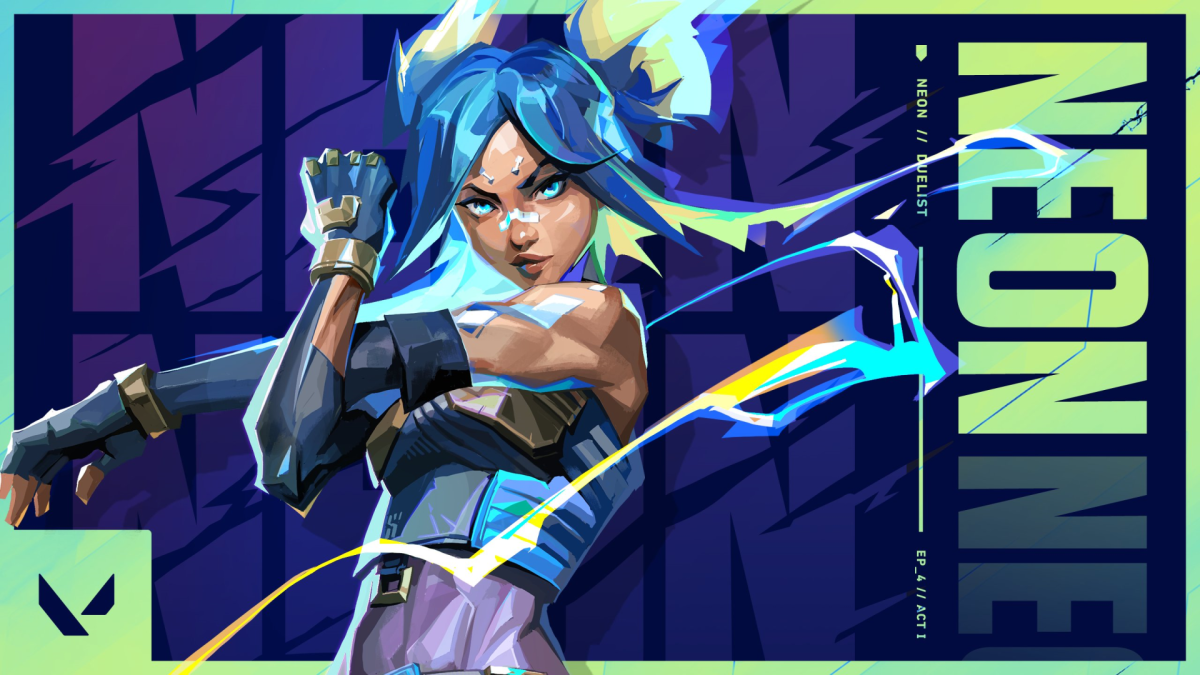
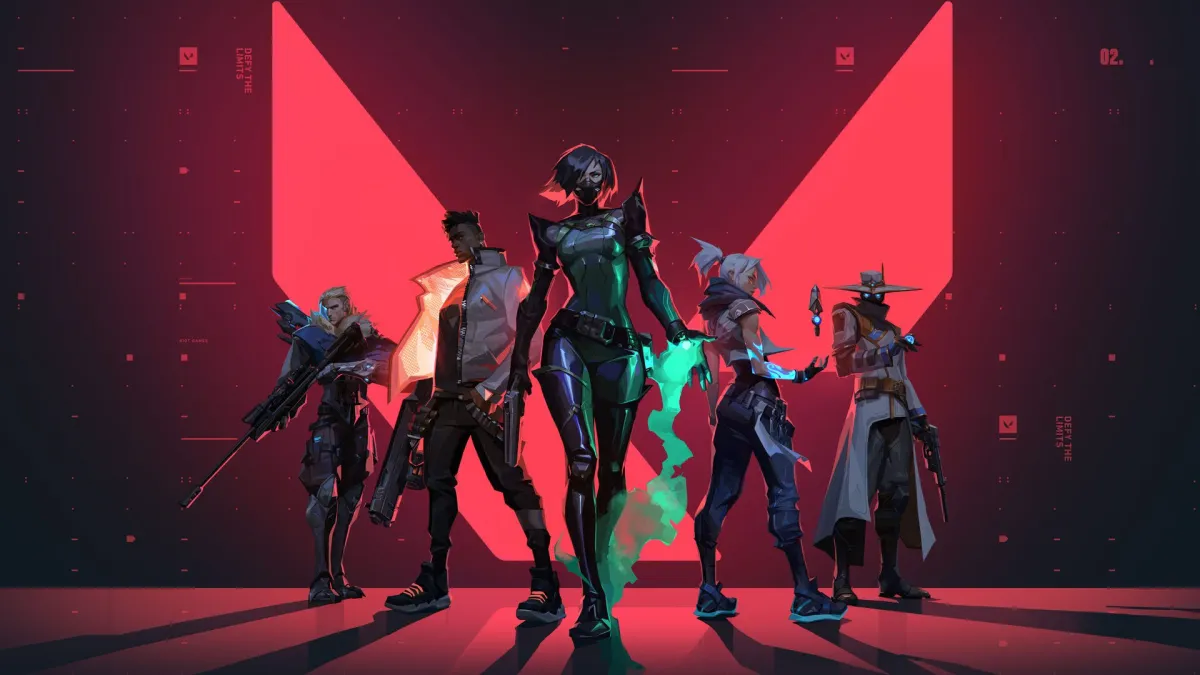
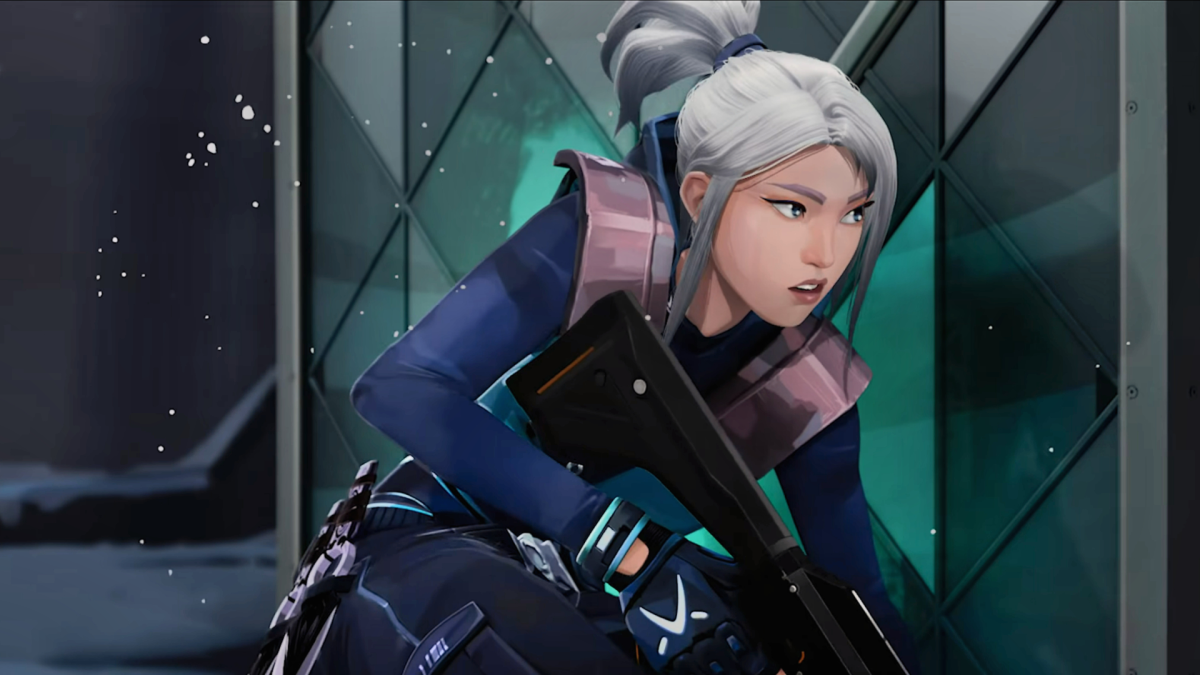
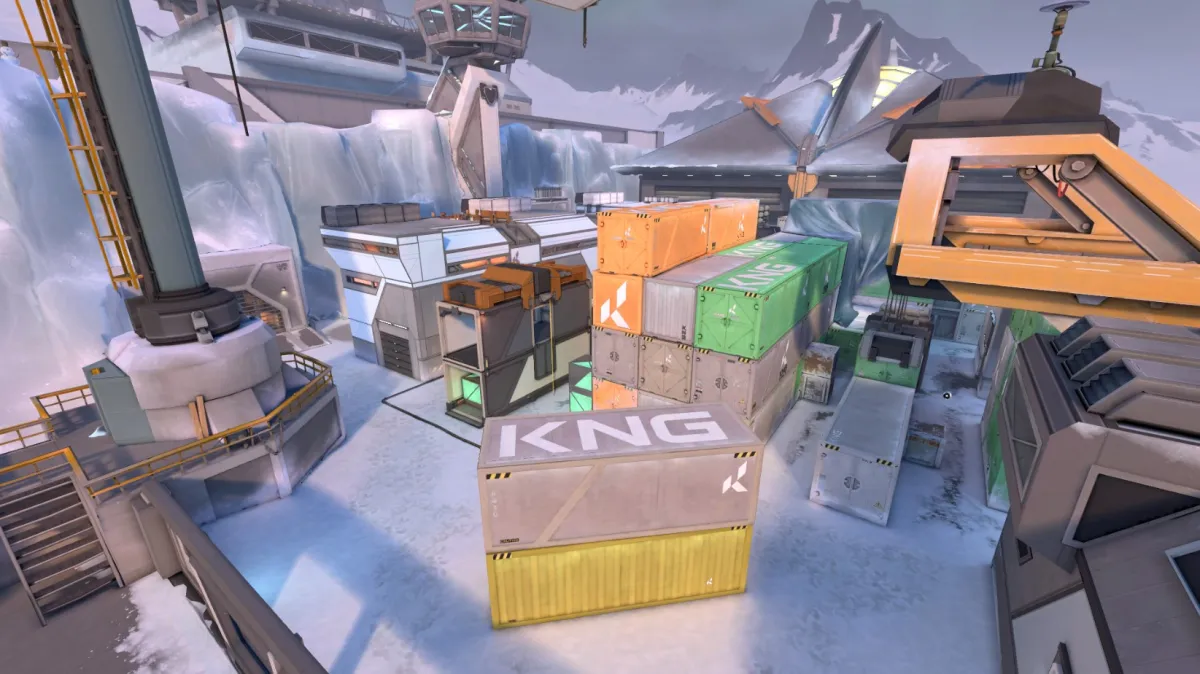
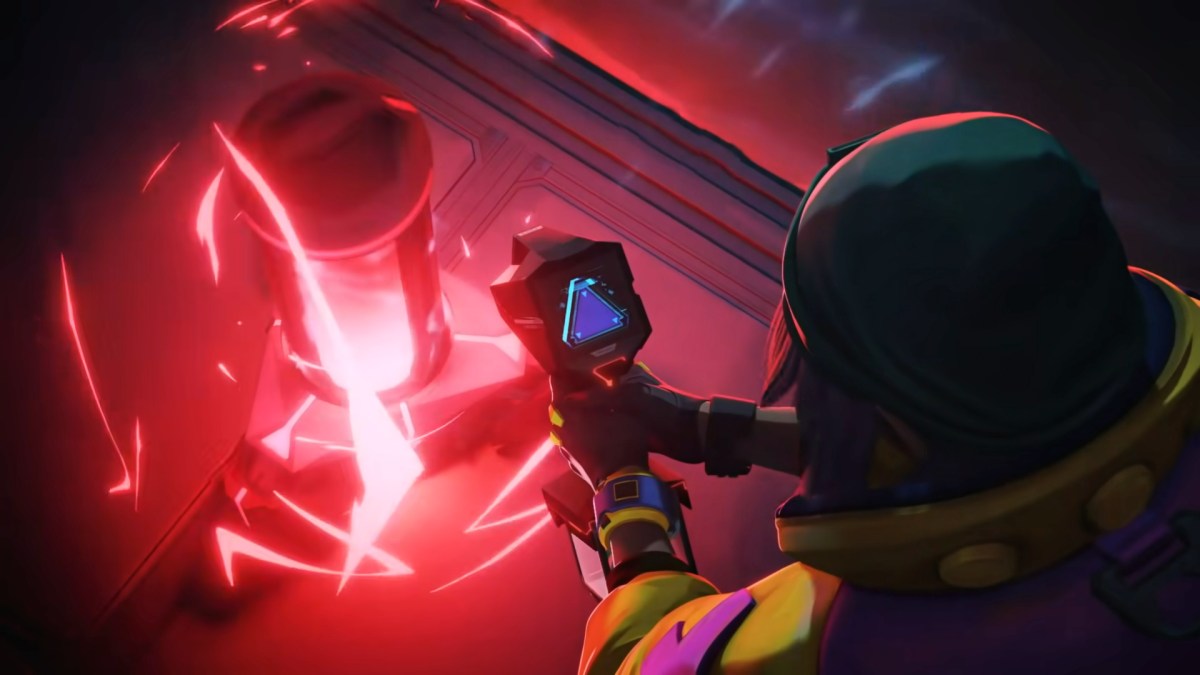






Published: May 26, 2021 01:00 pm